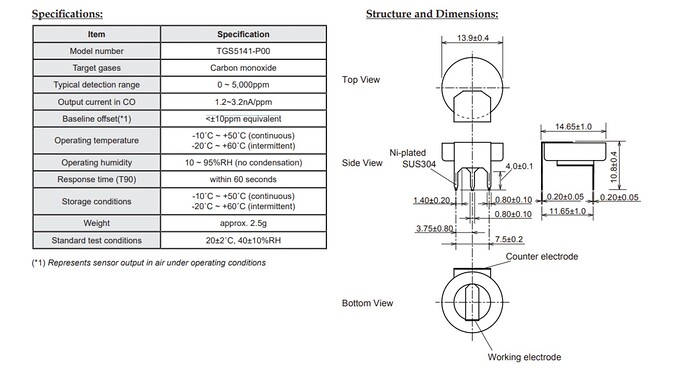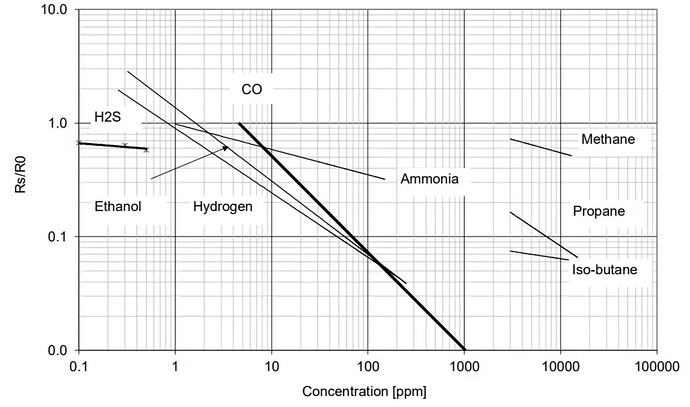Prompted by an email I received today, I thought it could be handy to make a short thread of air quality monitors that include CO (carbon monoxide) sensors.
Before discussing any particular monitors, however, it’s worth noting that NO air quality with a built-in CO sensor should be used in place of a dedicated (and locally certified) carbon monoxide monitor. The monitors on this list are not designed to inform you in case of emergency, and act as low-level CO monitors.
Secondly, most low-cost CO sensors are not particularly accurate. For example, one common sensor (used in the Amazon Smart Air Quality Monitor and the Air-Q Basic and Pro) is the Figaro TGS5141. Unfortunately, based on its own specs, the baseline offset is <±10ppm, meaning that up to 10ppm, the sensor may not record any concentration. As I said in my Amazon Smart Air Quality Monitor review:
Considering that outdoor concentrations rarely exceed ten ppm and that indoor concentrations will likely only exceed that concentration when smoking or, potentially, cooking, this has very limited usefulness. Is there a disadvantage to having this sensor included? No, but it definitely shouldn’t be relied upon, and its usefulness is questionable. I would’ve much preferred to have seen a CO2 sensor included, even if it would’ve increased the price by $10.
One more thing to keep in mind is to avoid multi gas sensors. This means single sensors that claim to monitor multiple gasses such as the gas sensor used in the Apollo AIR-1. If you want to hear my full reasoning, please refer to my review. However, basically, the sensor can sometimes show carbon monoxide when there is none present (as it’s cross-sensitive to other gasses). The opposite can also be true, where other gasses may trigger the CO measurement. Just look at this graph from the sensor manufacturer themselves:
By their own admission, 4ppm of CO could be read as 0.8ppm hydrogen sulfide, 1ppm ammonia, or 1.1ppm of ethanol! This creates more confusion than answers.
With these caveats out of the way, here are the monitors I’ve tested so far with dedicated CO sensors:
One note: I don’t have the uHoo on me currently, and I wrote this review much before I started really diving into the details of air quality monitors. I’m unsure what sensor the uHoo uses, but I believe it’s a dedicated CO sensor. If you know what it uses, or are able to tear one down, please let me know what you find!
I also have a review of the Air-Q Basic coming up very soon. This device also has the Figaro CO sensor and seems quite comprehensive in terms of other pollutants monitored.

